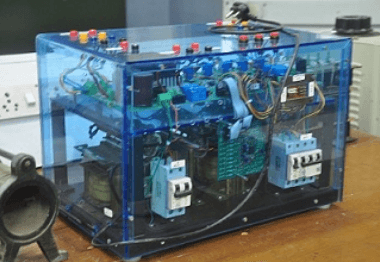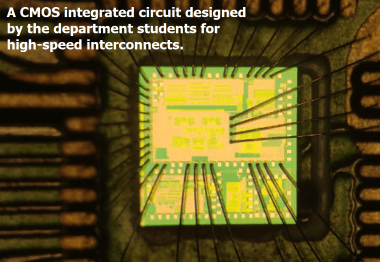Engineers need to use physical objects to sense, compute and signal the natural physical world. These objects are solid-state devices. Major thrusts are nanoscale technology, design, and modeling of advanced devices. Moore’s Law has powered nanoelectronics. Three major trends drive the future for solid-state devices – More Moore, More-than-Moore, Beyond Moore. In More Moore which drives conventional computing, the group works on transistor and memory scaling and systems. In More-than-Moore which adds “eyes and hands” to computing, the group drives RF electronics, cameras, lasers and photodiodes, MEMS sensors and actuators, power electronics, etc. Finally, the Beyond Moore strategy is based on quantum technologies and artificial intelligence/neuromorphic computing where the group pushes qubit, quantum systems, neural networks chips. At 16 faculty members and growing, this is the largest devices group in the country and top performer driving “India’s Rise in Nanoelectronics Research” to global leadership. The group runs the IIT Bombay Nanofab Facility (IITBNF), National Center for Photovoltaics and Renewable Energy (NCPRE) – which are national centers to compete globally in creating nanoscale technologies and devices in cleanrooms, design labs. The group also has significant global industry partnerships and informs semiconductor policy at the national level.








